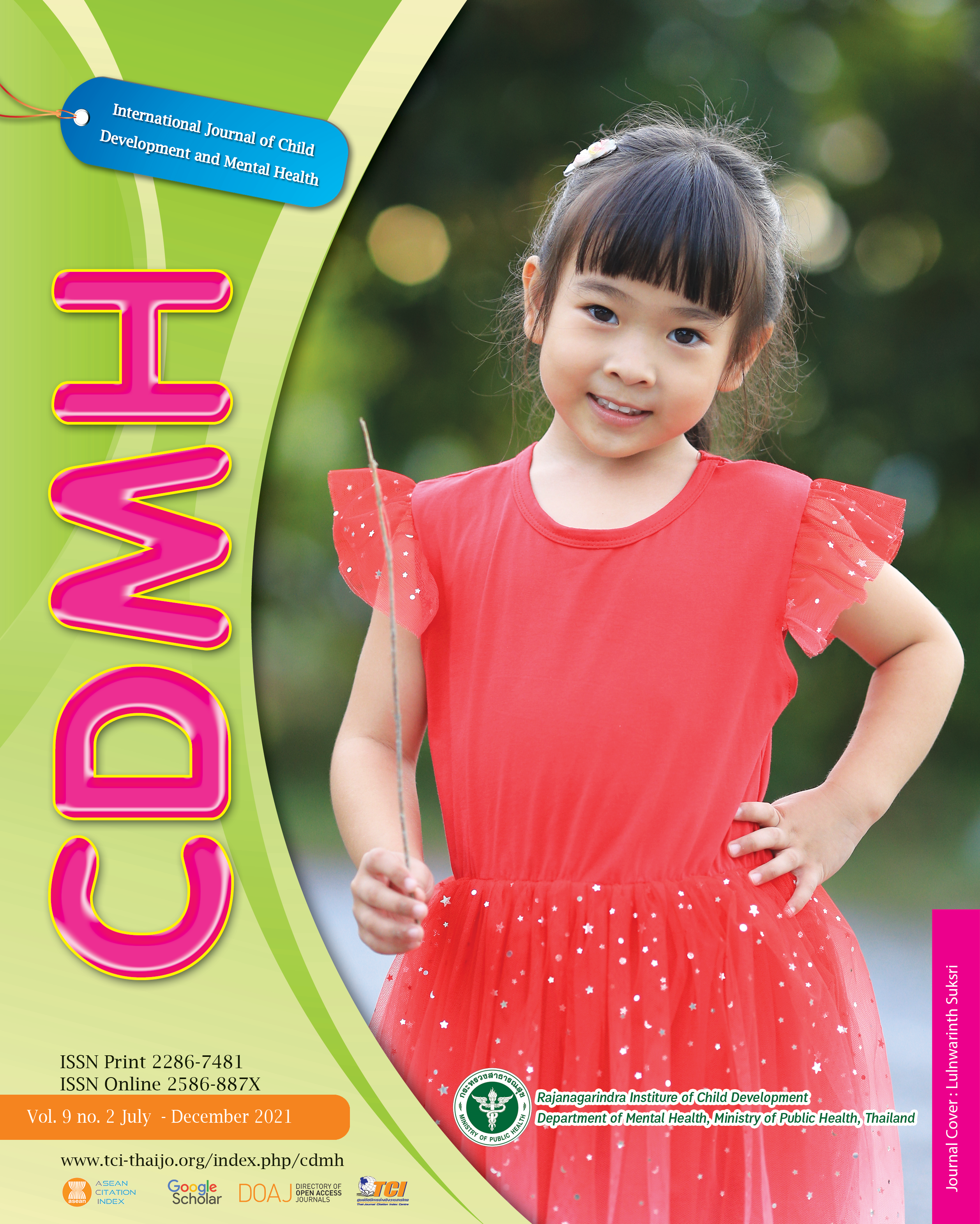Paradigm Shift in Neurology - Healing Neurological Disorders by Understanding the Mind Paradigm Shift in Neurology
Main Article Content
Abstract
The practice of medicine is both an art as well as a science. However, in the pursuit of science, we have neglected the art aspect or the human touch. Scientists have been puzzled by what is within our brain - a black box - the mind! In contrast to conventional medical teachings, it could be that all diseases originate in the mind. Symptoms are just the metaphors signaling disturbed emotional well-being. Our team explored all patients with various symptoms in detail to look for any underlying psychosocial stressors. Different symptoms seem to correlate with different stressors. There is a distinctive pattern. Symptoms in different parts of the body or different sides, e.g., left versus right side, denote different underlying stresses. Disease= Dis+ease. Patients develop the disease when they are not at ease with their daily lives. Therefore, treatment of any disease, be it functional or organic, is to address what makes the patient not at ease and highlights the need to change. From our experience, when patients were at ease, symptoms got better, and the need for medications decreased. When one is “at ease”, there is no disease. Different people have different personalities and different stress coping mechanisms. This article shares new insights into how different physical symptoms decode different messages from the mind and how our emotions influence health. This is the time for a paradigm shift. By tackling the psychological root of the mind using a holistic approach, the patient’s inner healing mechanism can be stimulated.
Article Details

This work is licensed under a Creative Commons Attribution-NonCommercial-NoDerivatives 4.0 International License.
![]()
Creative Commons License
This work is licensed under a Creative Commons Attribution-NonCommercial-No Derivatives 4.0 International (CC BY-NC-ND 4.0)
The authors retain copyright and permit the journal the copyright of first publication
Articles, once having passed the review process and accepted for publication in the CDMH Journal, are copyrighted under the CDMH Journal, Department of Mental Health, Ministry of Public Health. Please be aware distribution of CDMH Journal content for commercial purposes without permission is expressly prohibited. However, distribution with intent to educate, advocate, or spread awareness within the general public and research communities is permitted and encouraged with the understanding that the CDMH Journal Editorial Board do not hold jurisdiction or liability for any accompanying comments, text, or information from third parties, either in favor for or against the original article’s assertions, conclusions, methodology, or content.
References
Abu-Arafeh, I., & Russell, G. (1995). Prevalence and clinical features of abdominal migraine compared with those of migraine headache. Archives of disease in childhood, 72(5), 413-417.
Amstadter, A. (2008). Emotion regulation and anxiety disorders. Journal of anxiety disorders, 22(2), 211-221.
Bloom, D. E., & Cadarette, D. (2019). Infectious disease threats in the twenty-first century: strengthening the global response. Frontiers in immunology, 10, 549.
Boyd, K. M. (2000). Disease, illness, sickness, health, healing and wholeness: exploring some elusive concepts. Medical Humanities, 26(1), 9-17.
Collins, B. S., & Thomas, D. W. (2007). Chronic abdominal pain. Pediatrics in review, 28(9), 323.
Danese, A., & Lewis, S. J. (2017). Psychoneuroimmunology of early-life stress: the hidden wounds of childhood trauma?. Neuropsychopharmacology, 42(1), 99-114.
Dispenza, J. (2014). You are the placebo: Making your mind matter. Hay House Incorporated.
Holman, C. T. (1936). When the Clergyman and the Psychiatrist Meet. The Journal of Religion, 16(4), 432-444.
Kleisiaris, C. F., Sfakianakis, C., & Papathanasiou, I. V. (2014). Health care practices in ancient Greece: The Hippocratic ideal. Journal of medical ethics and history of medicine, 7, 6.
Li, M., Wang, X., Li, X., Chen, H., Hu, Y., Zhang, X., ... & Shang, H. (2019). Statins for the primary prevention of coronary heart disease. BioMed research international, 2019.
Mayo Clinic (2004). Headaches: Reduce stress to prevent the pain. Retrieved from https://www.mayoclinic.org › headaches › art-20046707.
McKeown, R. E. (2009). The epidemiologic transition: changing patterns of mortality and population dynamics. American journal of lifestyle medicine, 3(1_suppl), 19S-26S.
Panda, S. C. (2006). Medicine: science or art?. Mens sana monographs, 4(1), 127.
Population Reference Bureau. (2019). Lesson Plans on Human Population and Demographic Studies. Biomed Res Int. 4870350.
Scicchitano, B., Humphreys, G., Mitton, S. G., & Jaiganesh, T. (2014). Abdominal migraine in childhood: a review. Pediatric Health, Medicine and Therapeutics, 5, 73-81.
Siegel, B. S. (1986). Love, Medicine and Miracles: Lessons Learned About Self-healing from a Surgeon's Experience with Exceptional PatientsHarper Collins Publishers. William Morrow
SiegelSmith, K. M., Machalaba, C. C., Seifman, R., Feferholtz, Y., & Karesh, W. B. (2019). Infectious disease and economics: The case for considering multi-sectoral impacts. One Health, 7, 100080.
Spielberger, C. D., & Reheiser, E. C. (2009). Assessment of emotions: Anxiety, anger, depression, and curiosity. Applied Psychology: Health and Well‐Being, 1(3), 271-302.
United Nations, Department of Economic and Social Affairs, Population Division. (2015). World Population Ageing 2015 Report. ST/ESA/SER. A/390.
Wager, T. D., & Atlas, L. Y. (2015). The neuroscience of placebo effects: connecting context, learning and health. Nature Reviews Neuroscience, 16(7), 403-418.


